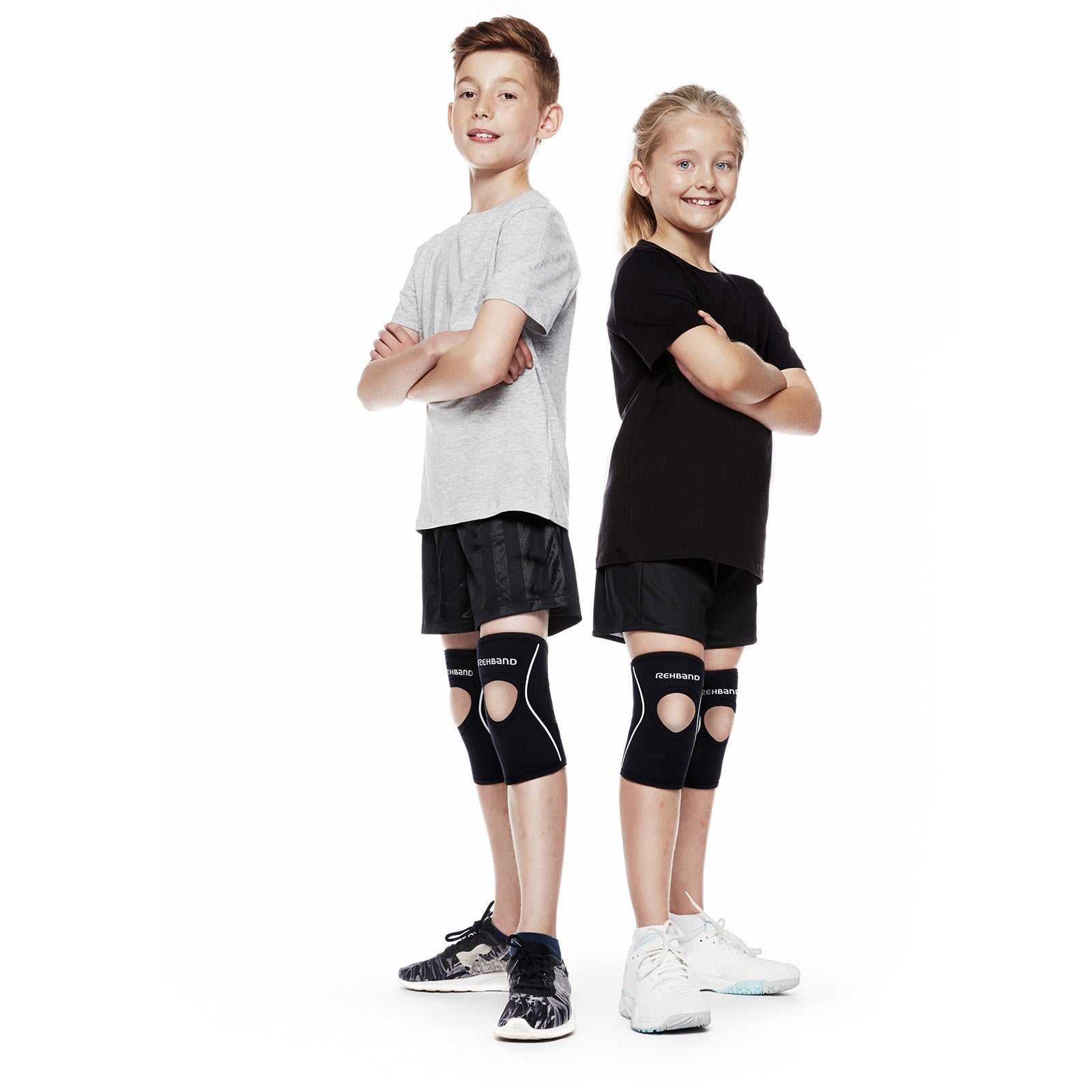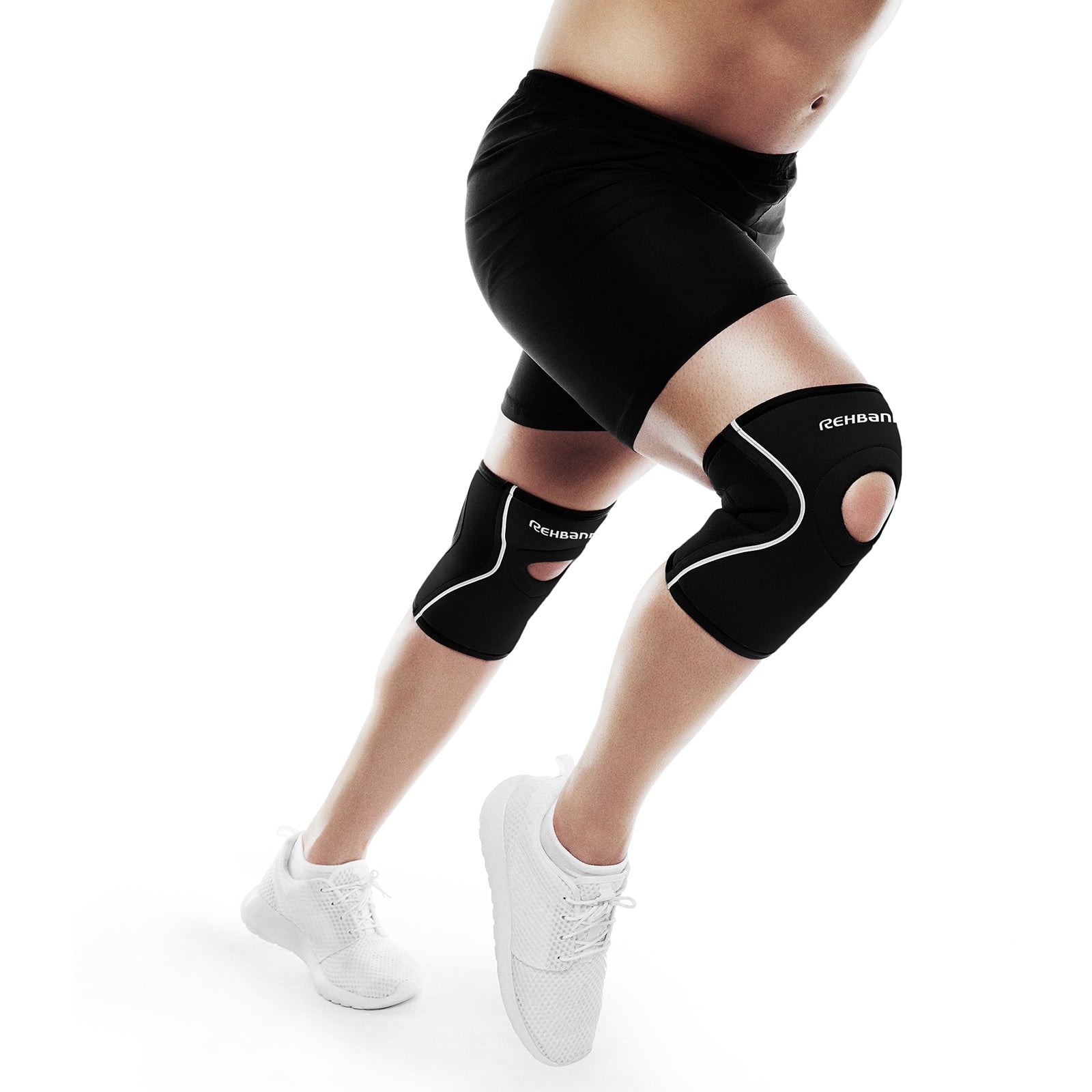Patella dislocation
A patellar dislocation, also known as a patella luxation, occurs when the kneecap (patella) is forced out of its normal alignment within the knee joint. This injury is more common among athletes, especially adolescents and younger individuals, due to factors like ligamentous hypermobility and incomplete skeletal maturation, including the presence of open growth plates. Most often, the kneecap is displaced outward (laterally), which can overstretch the joint capsule and damage the surrounding soft tissue. This type of injury is typically caused by a direct impact to the knee or valgus stress with external rotation of the tibia, which may happen during sports like football, basketball, or gymnastics.
In cases where the kneecap partially moves out but returns on its own, it is termed a "subluxation". Both dislocation and subluxation share similar causes, including trauma or rapid directional changes in physical activity.
What to do when a Patella Dislocation appears
Initial treatment involves moving the kneecap back into place (reduction) and using conservative methods like immobilization with braces and physical therapy to strengthen the muscles around the knee. Surgical intervention might be necessary in cases of repeated dislocations or if there are additional issues, such as cartilage damage. Surgery can include repairing or tightening ligaments, or adjusting bone positioning to better secure the kneecap within its track. After surgery or conservative treatment, rehabilitation is crucial for full recovery and to prevent further dislocations.
Patella dislocations are often very painful and result in immediate swelling, and the affected knee may feel unstable or “give out” during movement. Recovery times vary, but athletes can generally return to sport after sufficient rest and rehabilitation, typically within a few months depending on the severity of the injury.











